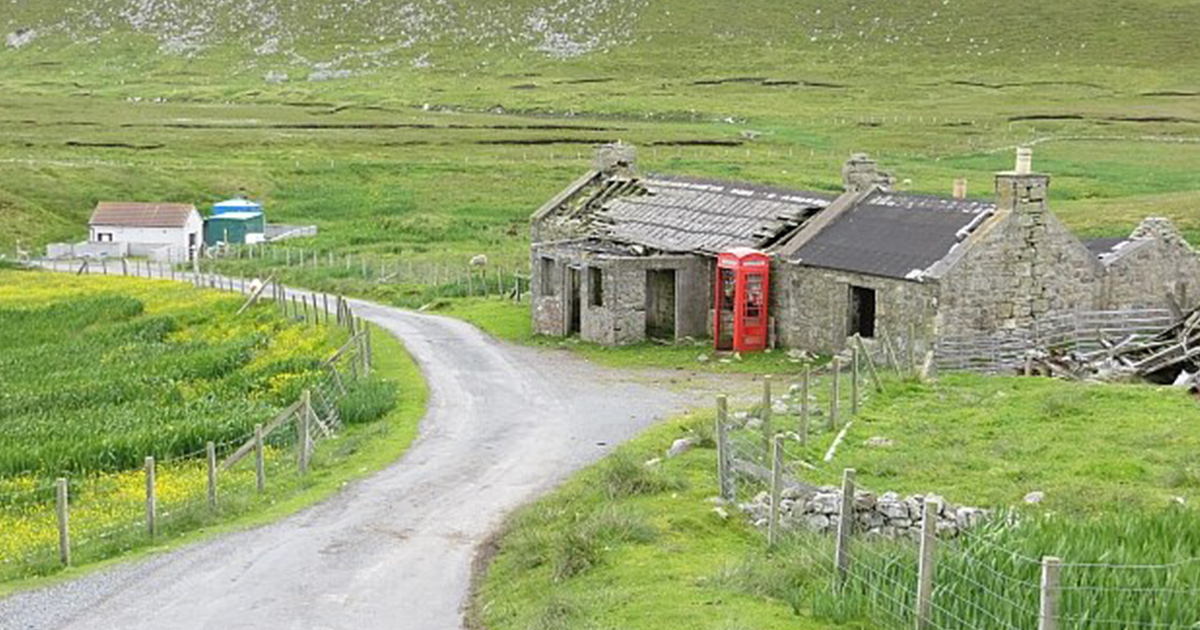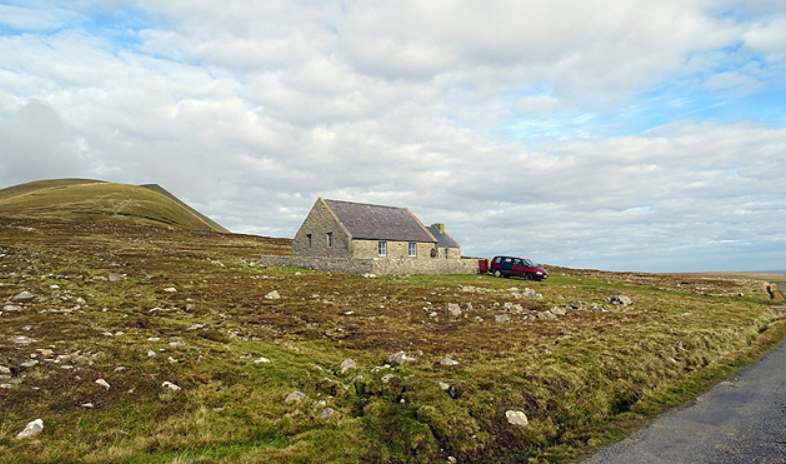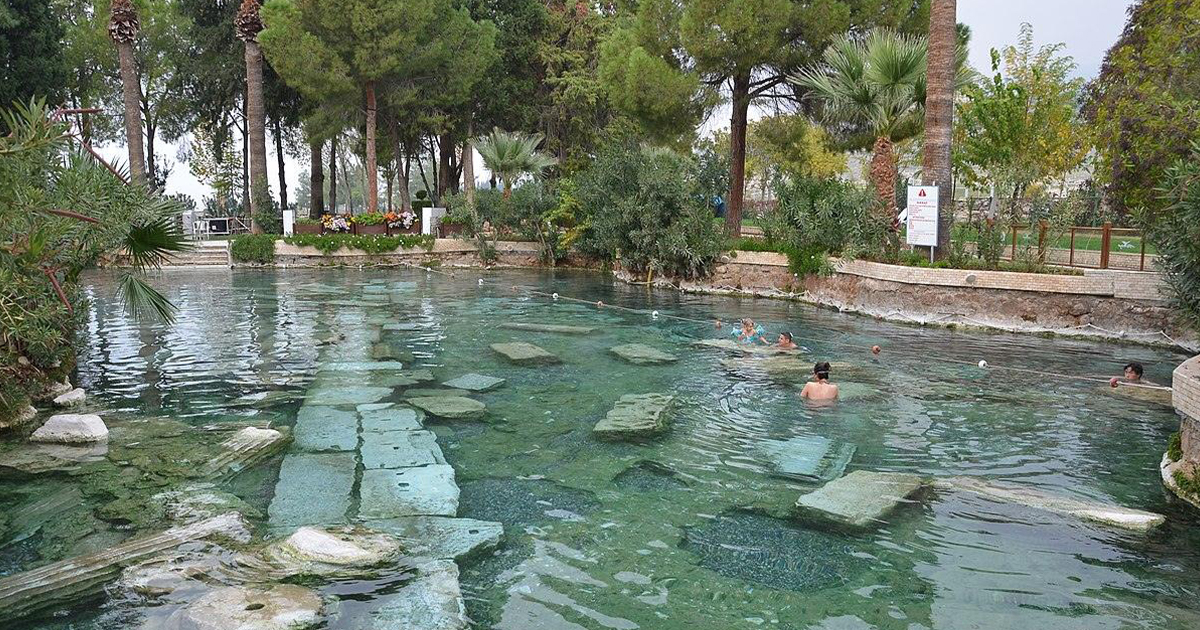The Island of Foula
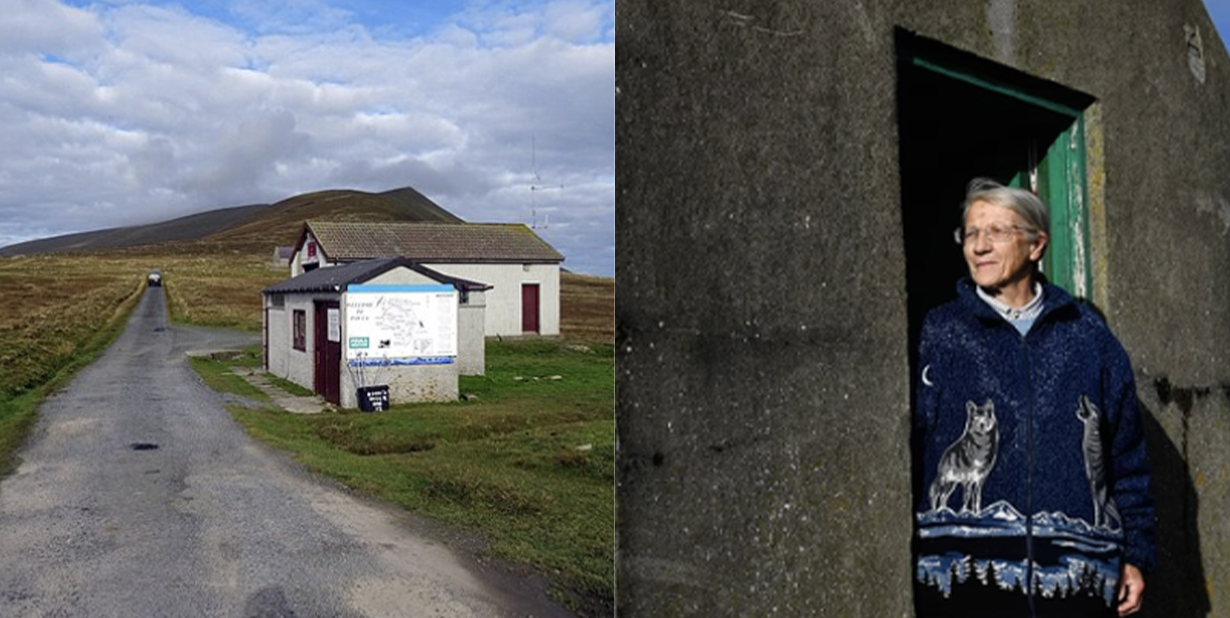
The island of Foula is located in the North Atlantic. Today, it stands as one of Britain’s most remote inhabited islands, and is often referred to as being “on the edge of the world”.
The island is known for its rugged beauty, rare wildlife, and unique culture—including the fact that only a few dozen people live there.
Let’s dive into the details of Foula, the little-known gem of Scotland—and the people who reside there.
Location
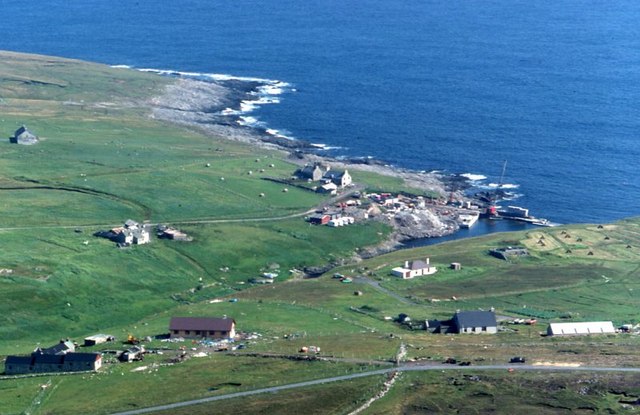
Mike Pennington, Wikimedia Commons
Foula is located off the west coast of mainland Shetland, Scotland. It is the seventh largest of the Shetland Islands.
The island lies about 20 miles from the mainland, making it a remote paradise to those who call it home.
Residents
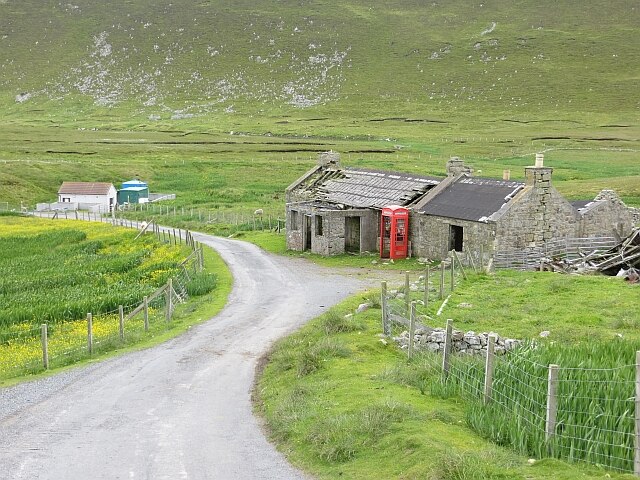
Richard Webb, Wikimedia Commons
Home to only 30 people, Foula’s population has seen a decline, like many other remote communities.
The decreasing number is said to be due to obvious challenges of maintaining a modern livelihood on such a remote island.
Residents are mostly descendants of the island’s earliest families. They have held onto their roots for many generations.
Infrastructure
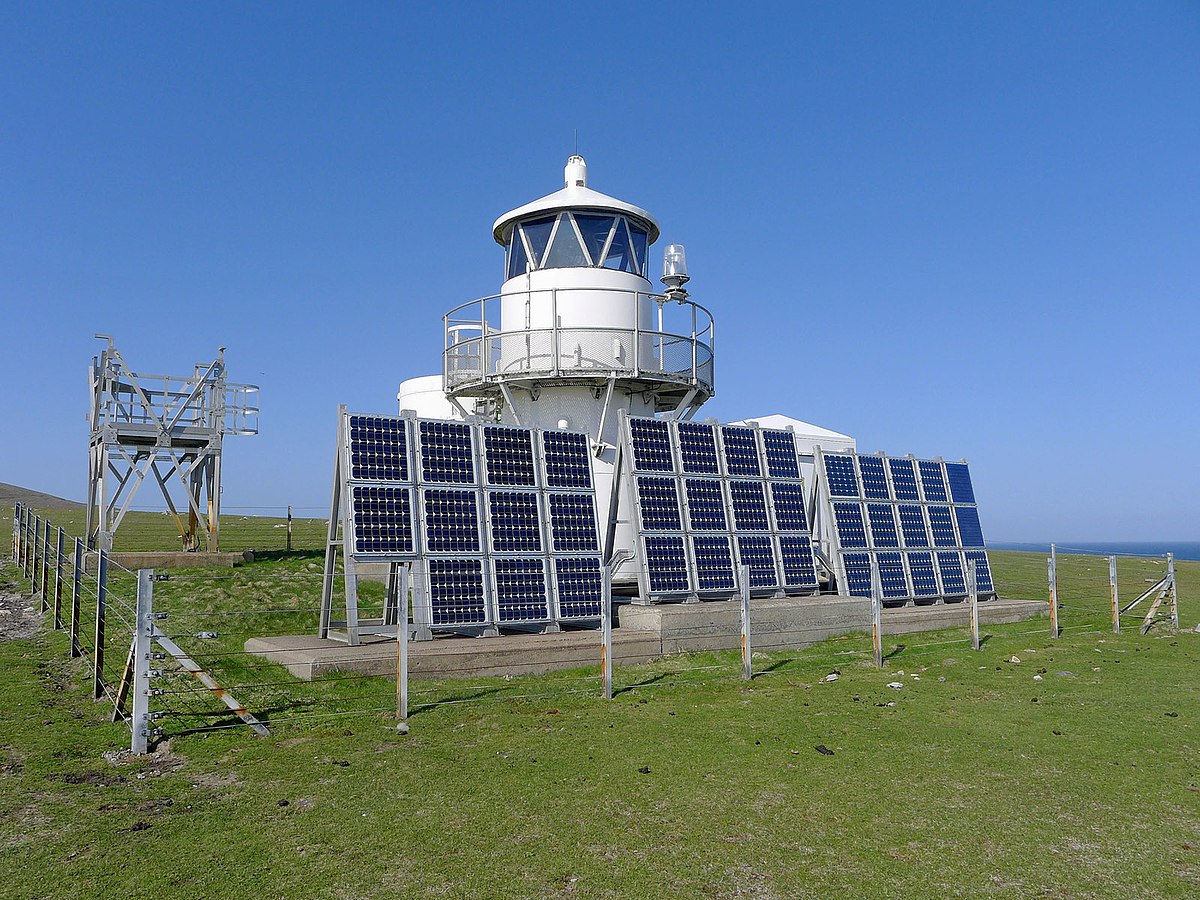 Julian Paren, Wikimedia Commons
Julian Paren, Wikimedia Commons
Considering the island is really remote, Foula doesn’t have many of the amenities of a busy town. It has only the basics: a post office, a small school, and a church.
There are no pubs or shops on the island, so residents have to rely on deliveries from the mainland for most of their needs. The ferry runs three times per week in the summer, and 1-2 times per week in the winter. Flights from the mainland are more often, with up to 7 per week in the summer months.
Electricity is supplied by wind turbines and solar panels.
Culture and Way of Life
 Julian Paren, Wikimedia Commons
Julian Paren, Wikimedia Commons
Life on Foula is a mix of tradition and modernity. Residents may have some modern amenities, but they continue to keep their traditions alive.
The island is known for observing the Julian calendar, which celebrates Christmas on January 6th, and New Year’s on January 13th.
Another important part of the Foula culture includes sheep farming and crafting.
The local dialect is a variant of the Shetland dialect, and is still spoken on the island today.
What is the island known for?
Aside from its remote beauty, Foula was the filming location for a movie called “The Edge of the World”. It was produced by Michael Powell in 1937.
The movie showcased the challenges of living on a remote island.
Highlights and Significance
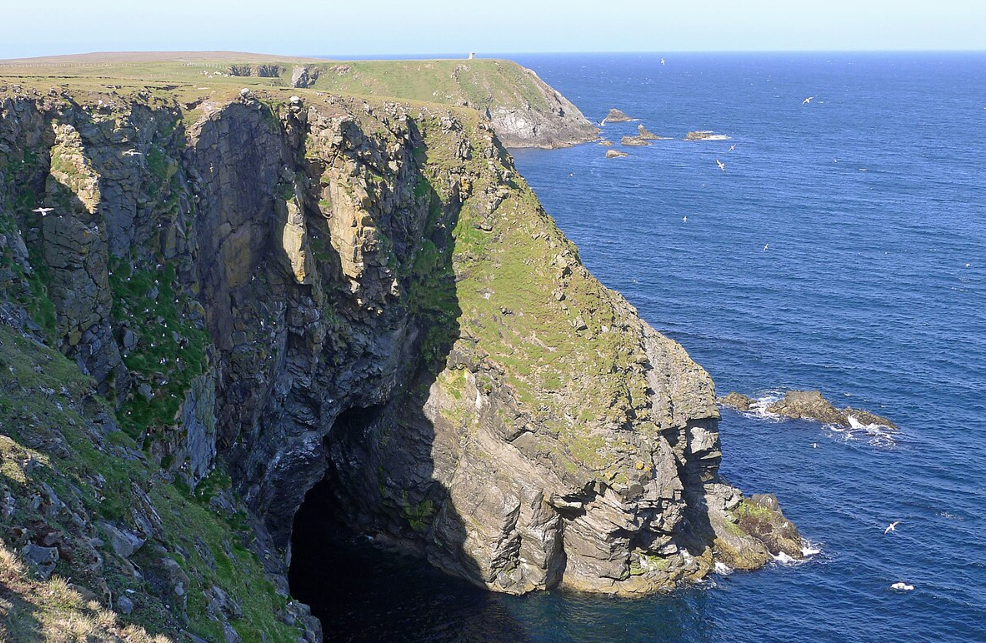 Julian Paren, Wikimedia Commons
Julian Paren, Wikimedia Commons
Fun Fact: Foula’s cliffs are among the highest in the UK, with “Da Kame” being the highest at 376 meters high.
The island is also known for its biodiversity, and has been designated as a Special Protection Area for its bird colonies.
Tourism
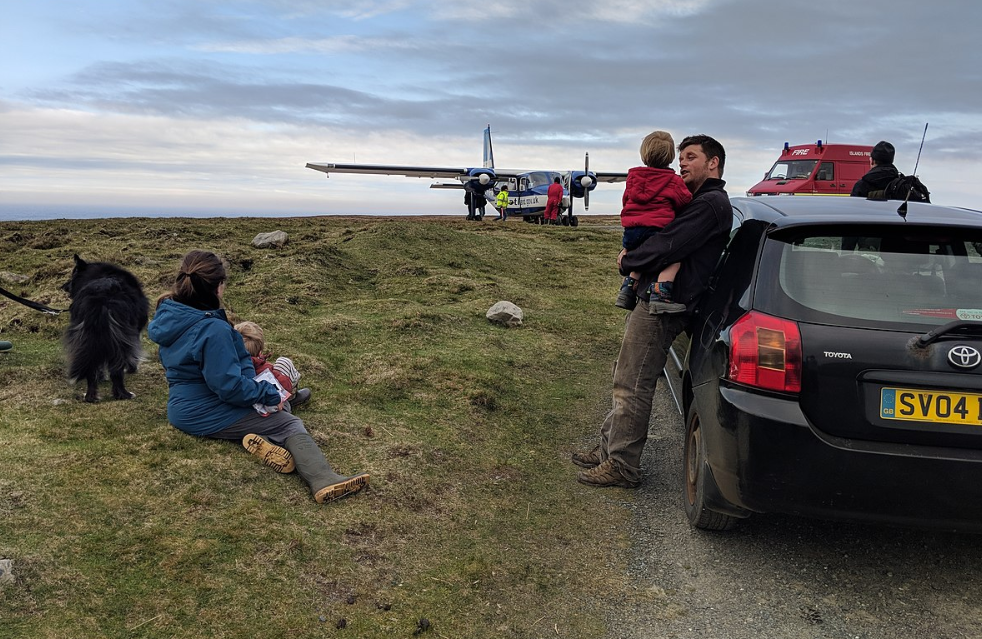 Owain Sutton, Wikimedia Commons
Owain Sutton, Wikimedia Commons
Considering the island is fairly isolated, it doesn’t deter tourism. Some travelers make the journey to see breathtaking cliffs, rich birdlife, and stunning views of the ocean.
It takes about 4 hours to get to the island from the mainland, and then an additional hour or so to get to the cliffs—the most popular tourist spot on the island.
The island is also said to have historical significance—with ancient ruins and artifacts found scattered around the island. This suggests that the island has been inhabited since the Bronze Age.
Final Thoughts
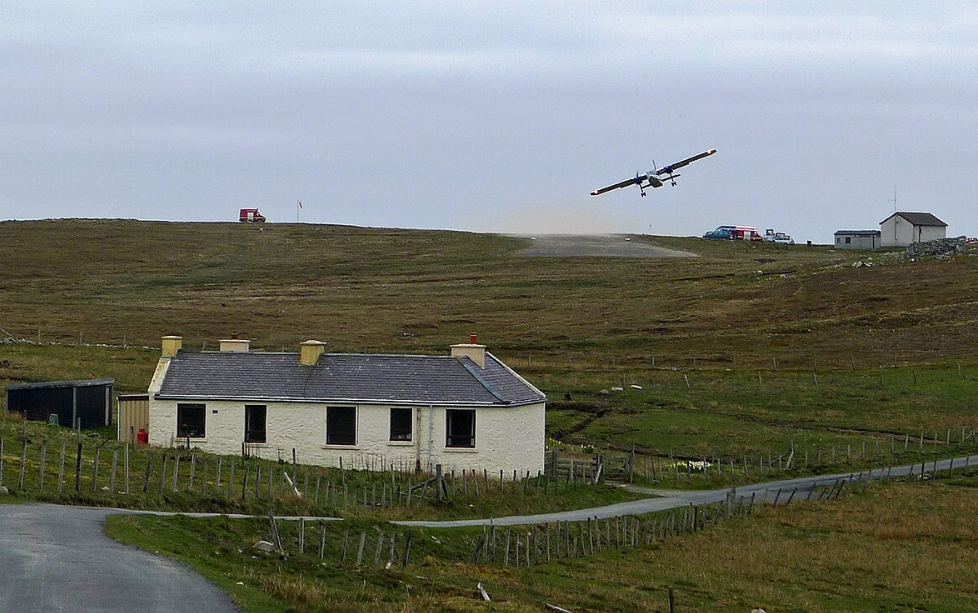 Julian Paren, Wikimedia Commons
Julian Paren, Wikimedia Commons
Visiting Foula is a relaxing step away from busy modern life. The island offers serenity, beauty, and perspective of a unique cultural way of life.
It may not be a tourist hotspot, but Foula continues to be a testament to the resilience of its residents and the allure of living “life on the edge”.

